Malabar danio - Devario malabaricus
Scientific name: Devario malabaricus
Common name: Malabar danio
Family: Cyprinidae
Usual size in fish tanks: 12 - 15 cm (4.72 - 5.91 inch)
014
Recommended pH range: 6.2 - 7.8
Recommended water hardness: 4 - 18°N (71.43 - 321.43ppm)
0°C 32°F30°C 86°F
Recommended temperature range: 22 - 24 °C (71.6 - 75.2°F)
The way how these fish reproduce: Spawning
Where the species comes from: South Asia
Temperament to its own species: peaceful
Temperament toward other fish species: peaceful
Usual place in the tank: Top levels
Food and Feeding
Malabar Danios are omnivorous and have a varied diet in their natural habitat, consisting of insects and plant matter. In an aquarium, they readily accept quality flake or pellet foods. For optimal health, supplement their diet with live or frozen foods such as brine shrimp and bloodworms twice a week. Their energetic swimming habits require a balanced diet to maintain their vibrant colors and activity levels.
Origin
Native to South Asia, Malabar Danios (Devario malabaricus) are found in the rivers and streams of Sri Lanka and the western coasts of India. These regions are characterized by clear, fast-flowing waters with sandy and rocky substrates, often surrounded by lush vegetation. Replicating these conditions in a home aquarium helps these fish thrive.
Sexing
Sexing Malabar Danios becomes apparent as they mature. Females are typically plumper and slightly larger, especially when carrying eggs, while males display a slimmer body and brighter color patterns during courtship.
Breeding
Breeding Malabar Danios is relatively straightforward under the right conditions. Set up a shallow breeding tank with a sandy substrate and plenty of plants or spawning mops for the eggs to adhere to. Females scatter sticky, light-orange eggs across the tank, including on plants and glass. It is crucial to remove the parents after spawning, as they will consume the eggs if given the chance. The eggs hatch within 2-3 days, and the fry can be fed Infusoria or liquid fry food initially, transitioning to newly hatched brine shrimp as they grow.
Lifespan
With proper care and a well-maintained environment, Malabar Danios can live up to 5 years, adding energy and beauty to a community tank throughout their lifespan.
Tank Setup and Behavior
Malabar Danios are active shoaling fish that thrive in groups of at least six individuals. They are peaceful and make excellent additions to community tanks. These fish prefer a spacious aquarium with open swimming areas and a moderate current to mimic their natural habitat. Add a sandy or fine gravel substrate, rocks, and hardy plants such as Java Fern or Anubias to create a balanced environment.
Compatible tankmates include:
- Neon Tetras – Gentle companions with complementary water requirements.
- Harlequin Rasboras – Peaceful schooling fish that share similar swimming habits.
- Ember Tetras – Small, peaceful fish ideal for a harmonious tank.
- Otocinclus Catfish – Bottom-dwelling companions that coexist peacefully.
- Bolivian Rams – Non-aggressive dwarf cichlids that add variety to the tank.
Avoid housing Malabar Danios with slow-moving or long-finned species, such as bettas or angelfish, as their active swimming may stress these tankmates.
Short Description
Malabar Danios are vibrant and energetic fish that bring life and movement to any aquarium. Their peaceful nature, striking appearance, and shoaling behavior make them a favorite among aquarists. Easy to care for and suitable for community tanks, these danios thrive in well-maintained environments that mimic their natural habitat.
Pictures
Bought by aqua-fish.net from jjphoto.dk.
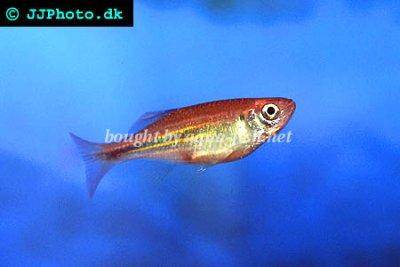




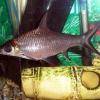 Bala
Bala 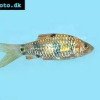 Spotted
Spotted 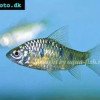 Golden
Golden 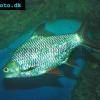 Tinfoil
Tinfoil 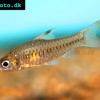 Congo
Congo 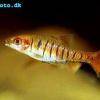 Blue-barred
Blue-barred 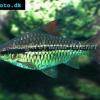 African
African 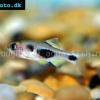 Butterfly
Butterfly 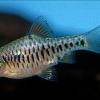 Olivegreen
Olivegreen 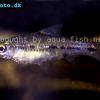 Morse
Morse 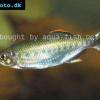 Jerdon’s
Jerdon’s 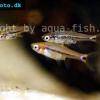 Mosquito
Mosquito 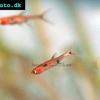 Dwarf
Dwarf 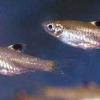 Eyespot
Eyespot 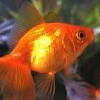 Goldfish
Goldfish 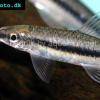 Penguin
Penguin 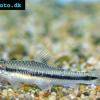 Siamese
Siamese 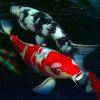 Koi
Koi 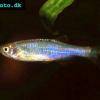 Pearl
Pearl 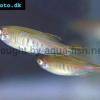 Glowlight
Glowlight 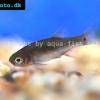 Crossbanded
Crossbanded 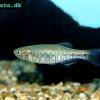 Yoma
Yoma 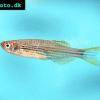 Orange
Orange 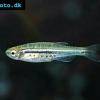 Dwarf
Dwarf 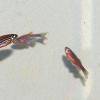 Zebra
Zebra 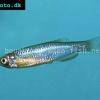 Rose
Rose 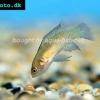 Red
Red 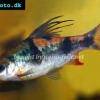 Arulius
Arulius 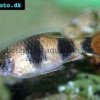 Tambraparni
Tambraparni 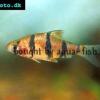 Fiveband
Fiveband 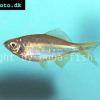 Bengal
Bengal 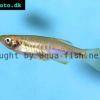 Tiger
Tiger 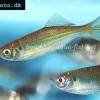 Queen
Queen 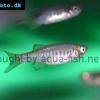 Hora
Hora 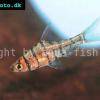 False
False 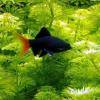 Redtail
Redtail 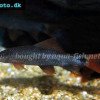 Rainbow
Rainbow 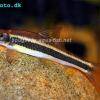 Flying
Flying 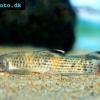 Garra
Garra 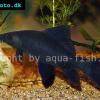 Black
Black 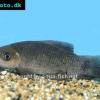 Purple
Purple 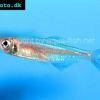 Burmese
Burmese 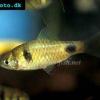 Dwarf
Dwarf 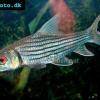 Isok
Isok 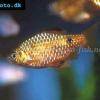 Rosy
Rosy 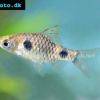 Two
Two 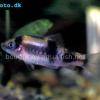 Melon
Melon 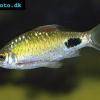 Black-spot
Black-spot 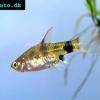 Golden
Golden 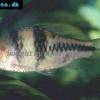 T-Barb
T-Barb 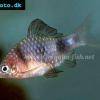 Ruby
Ruby 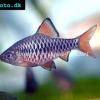 Checkered
Checkered 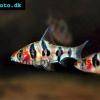 Rhomb
Rhomb 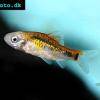 Gold
Gold 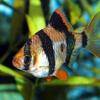 Tiger
Tiger 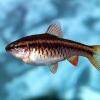 Cherry
Cherry 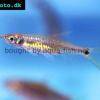 Brittan’s
Brittan’s 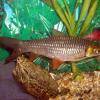 Greater
Greater 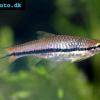 Long-band
Long-band 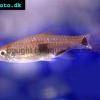 Twospot
Twospot  Reticulate
Reticulate 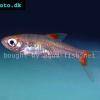 Cherry
Cherry 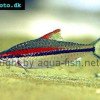 Denison
Denison 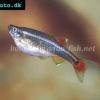 White
White 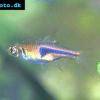 Lambchop
Lambchop 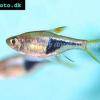 Harlequin
Harlequin